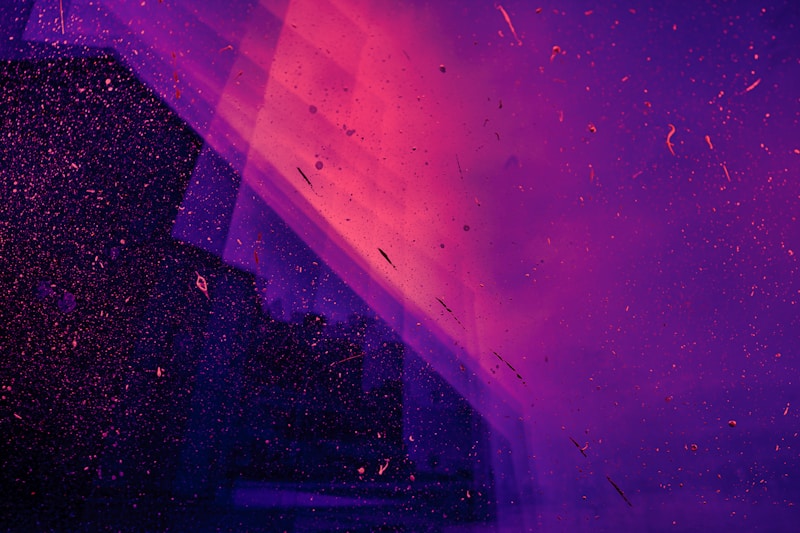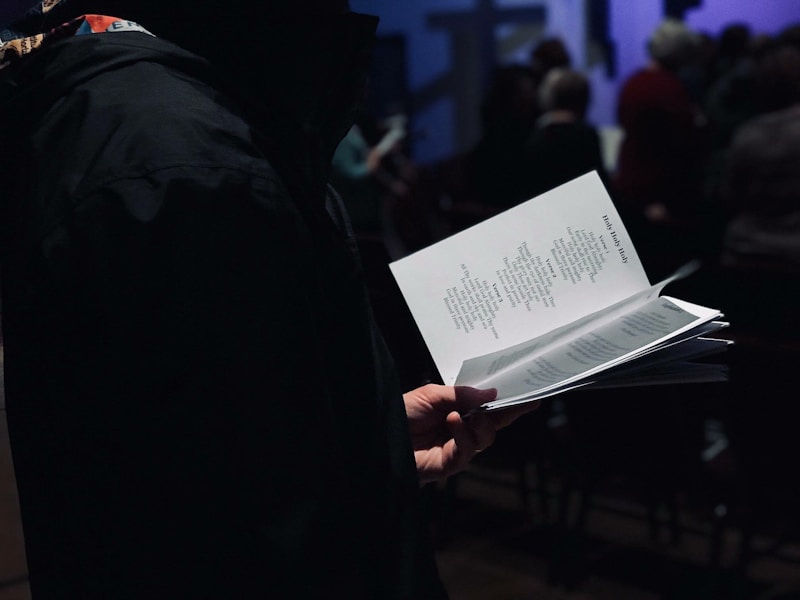9 Questions
What type of literature mixes Muslim, Jewish, and Christian culture in medieval Spain?
Poetry
Which notable work from the medieval period is an epic poem composed between 1140 and 1207?
Cantar de Mio Cid
Which period of Spanish literature saw a revival of learning based on classical sources and notable writers like Garcilaso de la Vega, Fray Luis de León, and Santa Teresa de Jesús?
Renaissance
Which period of Spanish literature is characterized by exaggerated motion and clear, easily interpreted detail, and notable writers include Francisco de Quevedo, Lope de Vega, and Miguel de Cervantes Saavedra?
Baroque
Which period of Spanish literature saw a revolt against aristocratic, social, and political norms of the Enlightenment period, and notable writers include José de Espronceda, Gustavo Adolfo Bécquer, and Rosalía de Castro?
Romanticism
Which period of Spanish literature offered depictions of contemporary life and society 'as they were', with notable writers including Benito Pérez Galdós, Emilia Pardo Bazán, and Vicente Blasco Ibáñez?
Realism
Which period of Spanish literature was influenced by the 'disaster of '98', Regenerationism, and the Free Institution of Education, with notable writers include Salvador Rueda, Juan Ramón Jiménez, and Rubén Darío?
Modernism
Which generation of Spanish writers emerged in response to the destruction of Spain's fleet in Cuba and the cultural crisis that followed, with notable writers include Miguel de Unamuno, Pío Baroja, and Ramón del Valle-Inclán?
Generation of 1898
Which Spanish civil war poet and writer stood out during the devastating impact of the Spanish Civil War on Spanish writing?
Miguel Hernández
Study Notes
Overview of Spanish Literature
-
Spanish literature includes poetry, prose, and drama written in the Spanish language within the territory that presently constitutes the Kingdom of Spain.
-
The Roman conquest and occupation of the Iberian peninsula brought a Latin culture to Spanish territories, while the arrival of Muslim invaders brought cultures of the Middle and Far East.
-
Medieval Spanish literature mixes Muslim, Jewish, and Christian culture, with the earliest recorded examples of vernacular Romance-based literature.
-
Notable works include the epic poem Cantar de Mio Cid, composed between 1140 and 1207, and the prose works of Francisco de Quevedo and Miguel de Cervantes Saavedra, famous for his masterpiece Don Quixote de la Mancha.
-
In the Enlightenment era, notable works include the prose of Feijoo, Jovellanos, and Cadalso, and the theater, with Leandro Fernández de Moratín, Ramón de la Cruz, and Vicente García de la Huerta.
-
In Romanticism, important topics are poetry, prose, and theater, with Ángel de Saavedra (Duke of Rivas), José Zorrilla, and other authors.
-
In Realism, important topics are the novel, poetry, the theater, and literary critics, emphasizing Menéndez Pelayo.
-
Modernism saw several currents, including Parnasianism, Symbolism, Futurism, and Creationism, with writers such as Miguel de Unamuno, Pío Baroja, and José Martínez Ruiz (Azorín).
-
The Spanish Civil War had a devastating impact on Spanish writing, with civil war poet and writer Miguel Hernández standing out.
-
By the early 1960s, Spanish authors moved towards a restless literary experimentation, and with the death of dictator Francisco Franco in 1975, a wealth of young new writers began carving out a prominent place for themselves within the Spanish cultural field.
-
Medieval Spanish poetry can be divided into three groups: the jarchas, popular poems originating from folk-songs, and courtly poetry of the nobles.
-
Spanish prose gained popularity in the mid-thirteenth century, with King Alfonso X of Castile giving support and recognition to the writing form, directing the composition of many works, including Las siete partidas, the first modern book of laws of the land written in the people's language.
-
Lyric poetry in the Middle Ages includes popular poems and the courtly poetry of the nobles, with notable works such as the series of three hundred poems, Las cantigas de Santa María, by Alfonso X of Castile.An Overview of Spanish Literature from the Middle Ages to the 20th Century
-
Spanish literature of the Middle Ages is characterized by outstanding lyricists like Hita, Mendoza, and Manrique, who wrote about Christian themes, the Virgin Mary, and classical feelings.
-
The 15th century is considered a pre-Renaissance period, where literary production increased greatly, and writers like Juan de Mena and Íñigo López de Mendoza produced outstanding works.
-
The Renaissance period saw a revival of learning based on classical sources, the rise of courtly patronage, the development of perspective in painting, and advances in science. Notable writers include Garcilaso de la Vega, Fray Luis de León, and Santa Teresa de Jesús.
-
The Baroque period of the 17th century is characterized by exaggerated motion and clear, easily interpreted detail, and notable writers include Francisco de Quevedo, Lope de Vega, and Miguel de Cervantes Saavedra.
-
The Enlightenment of the 18th century brought writers like Fray Benito Jerónimo Feijoo, Gaspar Melchor de Jovellanos, and José Cadalso, who sought to apply systematic thinking to all forms of human activity, carrying it to the ethical and governmental spheres.
-
The Romanticism period of the early 19th century saw a revolt against aristocratic, social, and political norms of the Enlightenment period, and notable writers include José de Espronceda, Gustavo Adolfo Bécquer, and Rosalía de Castro.
-
Realism in the late 19th century offered depictions of contemporary life and society 'as they were', with notable writers including Benito Pérez Galdós, Emilia Pardo Bazán, and Vicente Blasco Ibáñez.
-
Modernism in the early 20th century was influenced by the "disaster of '98", Regenerationism, and the Free Institution of Education, and notable writers include Salvador Rueda, Juan Ramón Jiménez, and Rubén Darío.
-
The Generation of 1898 emerged in response to the destruction of Spain's fleet in Cuba and the cultural crisis that followed, and notable writers include Miguel de Unamuno, Pío Baroja, and Ramón del Valle-Inclán.
-
The Generation of 1914 or Novecentismo approached national and existential questions with a greater sense of distance and objectivity, with notable writers including Juan Ramón Jiménez, Ramón Menéndez Pidal, and José Ortega y Gasset.
-
The Generation of 1927 absorbed the literary experimentation of the writers before them and produced celebrated poets like Federico García Lorca, Vicente Aleixandre, and Rafael Alberti.
-
The Spanish Civil War, lasting from July 1936 to April 1939, had a significant impact on Spanish literature and brought forth writers like Antonio Machado, who died in exile, and Camilo José Cela, who wrote about the war's aftermath.Overview of Spanish Literature from the 1930s to the present day
-
In April 1939, the Spanish civil war had a devastating impact on Spanish literature, with every major writer of the three major generations of writers still alive and productive at the time fleeing into exile or being killed.
-
Miguel Hernández, a young disciple of the Generation of 1898, became a martyr to the Republican cause and wrote works such as Perito en lunas (1933) and Viento del pueblo (1937).
-
The earliest years of the post-war period were characterized by hunger, repression, and suffering, with published works true to pseudo-fascist dictator Francisco Franco's reactionary vision of a second Spanish golden age.
-
Camilo José Cela's novel, La familia de Pascual Duarte (1942), marked a literary revival in post-war Spain, with renewed commitment to writing connected to Spain's material reality and stretching itself aesthetically in its attempts to capture the experience.
-
By the middle of the next decade, a whole new generation of novelists latched onto the early models laid down by Cela and produced a social realist tradition that was celebrated but short-lived.
-
Spanish poetry experienced renewal along similar lines, with poets such as Dámaso Alonso, Blas de Otero, and Gabriel Celaya penning more direct poems.
-
By the mid-1950s, a new generation of writers was coming of age, still focused on the material social and political conditions of Spanish society but equally focused on the interactive processes of communication with the reader.
-
By the early 1960s, Spanish novelists and poets returned to the restless literary experimentation last seen in Spanish letters in the early 1930s, influenced by the French "nouveau roman," Latin American “Boom," and French "La Nouvelle Vague" cinema.
-
With the establishment of democracy in 1975, elitist narrative and poetry gave way to narrative and poetry interested in delighting, with storytelling becoming the mantra for a new generation of Spanish novelists.
-
The big money available through novel publishing manifested itself in the 1990s in the explosion of literary prizes, awarded in Spain to unpublished works, and the rise of the literary superstar and celebrity.
-
Contemporary Spanish literature includes authors such as Javier Marías, Enrique Vila-Matas, Rosa Montero, Antonio Muñoz Molina, Carlos Ruiz Zafón, and Elvira Navarro.
Test your knowledge of Spanish literature! From medieval poetry to contemporary novels, this quiz will challenge you to identify prominent authors and their works throughout the centuries. Learn about the different literary movements that shaped Spanish literature and discover notable works that have influenced the genre. Show off your expertise and take this quiz to see how much you really know about the rich history of Spanish literature!
Make Your Own Quizzes and Flashcards
Convert your notes into interactive study material.





